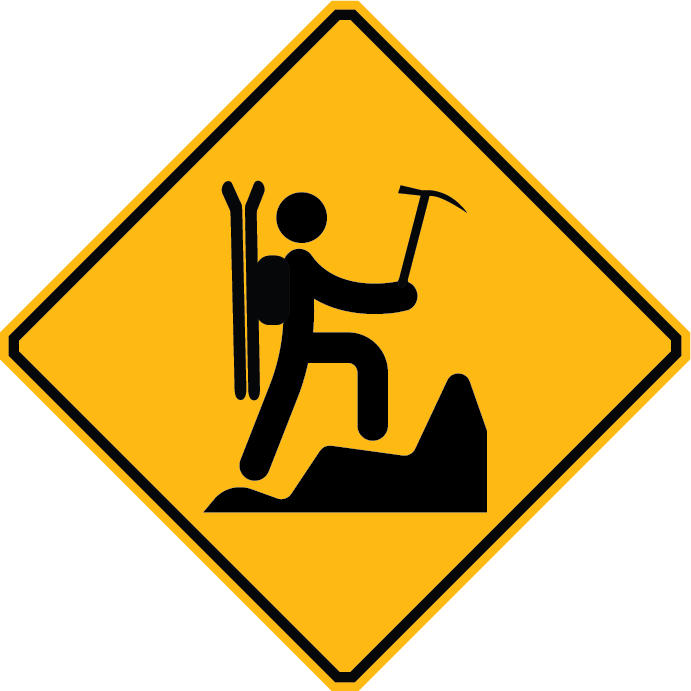On September 28 I had the privilege to contribute to the Denver Startup Week Panel “Adventure in the Information Age”. The premise of the panel was to discuss how we develop products for the outdoors that balance the line of inspiration and safety without crossing the threshold of ruining the very essence of adventure itself. There is a limitless supply of information online, and how do we as technologists build products to balance the needs on both sides of the spectrum.
I was really excited to receive Matt Doyle’s invitation to participate. Matt is Head of North America at FATMAP. FATMAP is pushing the bounds of how we digitally view and inform outdoor recreation with three-dimensional renderings curated by leading adventure guides from around the world. Matt partnered with Skippy Mesirow to define and moderate the panel. Skippy is a renowned skier and an entrepreneurial resident of Aspen. Tom Robson is the Manager of Trail Content for the Adventure Projects division of REI including Mountain Project and Powder Project. Tom provided views from the product development perspective. Jayson Simon-Jones and Russell Hunter of Colorado Mountain School rounded out the panel, and they provided the climbing guide perspective.
There were many questions posed to us by both Skippy and the audience ranging from “what does wilderness mean to you” to “curated content vs. user generated content” to “how to increase the presence of women in guiding, recreation, and tech” to “what is the line where there is too much information”.
All panelists agreed that wilderness is a state of mind, and that the experience that each person seeks is unique to the individual. Jayson and Russell provided excellent insights into CMS and AMGA programs encouraging the development of women in guiding, and also how the USA has a higher mount of professional female guides than Europe as a percentage of total guides. We also had an in-depth discussion on how directions available online are ultimately one of many tools someone can use, but it is ultimately up to the individual to never substitute information technology for common sense, outdoor skills, and self-reliability.
A question that I had to address was how did I make the decision to publish the information on Front Range Ski Mountaineering, despite the activities described on the site being inherently dangerous. This website was originally focused on spring ski mountaineering. This is certainly a dangerous activity, but one that I considered to have risks that are more predictable and addressable than winter backcountry skiing. My first assumption was that most users of a ski mountaineering guide had some backcountry experience as they probably progressed from resort skiing to “side country”, and then to backcountry. The typical user would be one who may have a mix of alpine climbing and skiing background.
As Front Range Ski Mountaineering gained in popularity I had many requests to publish information on the winter backcountry skiing in the region. I resisted this for some time as I consider winter backcountry to be far more risky and dangerous than spring skiing on a consolidated and predictable isothermal snow pack. The persistent weak layers in the continental snow pack are a dangerous place to play.
I stayed focused on the ski mountaineering guide until a trip to Cameron Pass. I had been skiing at Cameron Pass for many years and I consider it to have the most volatile winter snow pack on the Front Range. Over the years I have seen the chutes of Seven Utes Mountain and South Diamond Peak slide in catastrophic fashion. They slide many times, every year, and sometimes wall to wall and tumble all the way to the valley below. On this trip I was across the valley from South Diamond Peak and watched a long line of skiers climbing directly in the avalanche paths and in the guts of the most likely trigger zones. It was at that moment that I decided that, despite the risk of promoting more backcountry use, I would publish Front Range winter backcountry locations with the hope that the information can be used in an educational manner to reduce future accidents. The historical knowledge that I have accumulated over 20 years in this area can be useful for promoting safer recreation.
Since I published the winter information the popularity of the website ramped up dramatically. I have received many positive messages from users with comments ranging from their thanks for pointing out lower angle terrain for safer mid-winter fun, to gratitude for capturing historical information such as the potential for South Diamond Peak to avalanche all the way to the trailhead.
The opportunity to participate on the panel was exciting. I had not realized how many people were interested in hearing what I had to say on these topics, and I am thankful to Matt and Skippy for letting me be a part of a great gathering and dialogue on many interesting topics at the intersection of information technology and recreation.
Be safe!
Rob Writz

